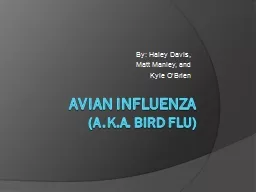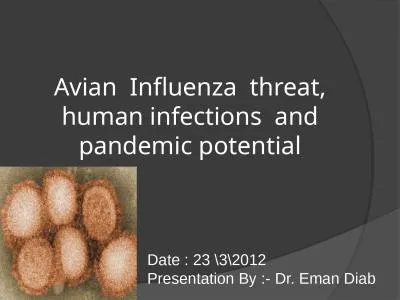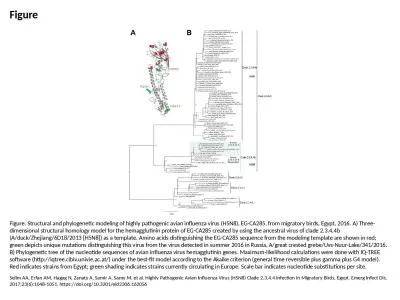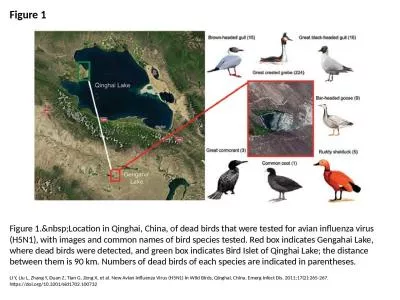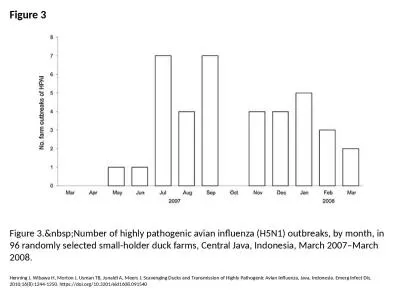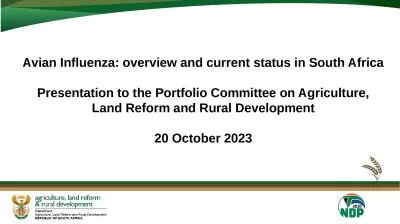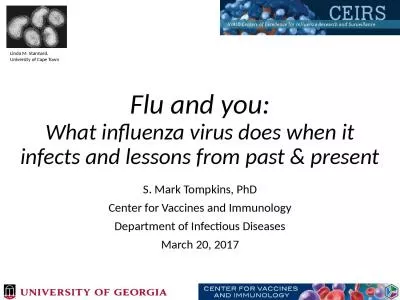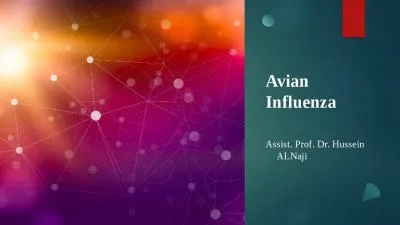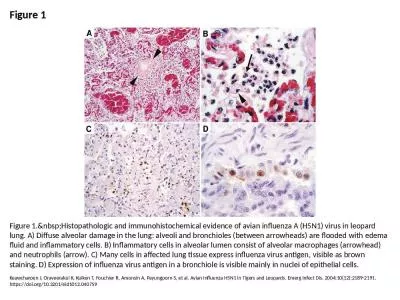PDF-Influenza Avian Fact Sheet
Author : susan2 | Published Date : 2022-08-16
1 1 What is Avian Influenza AI AI is an influenza type A virus that infects wild birds ie ducks gulls and shorebirds and domestic poultry chickens turkeys ducks
Presentation Embed Code
Download Presentation
Download Presentation The PPT/PDF document "Influenza Avian Fact Sheet" is the property of its rightful owner. Permission is granted to download and print the materials on this website for personal, non-commercial use only, and to display it on your personal computer provided you do not modify the materials and that you retain all copyright notices contained in the materials. By downloading content from our website, you accept the terms of this agreement.
Influenza Avian Fact Sheet: Transcript
Download Rules Of Document
"Influenza Avian Fact Sheet"The content belongs to its owner. You may download and print it for personal use, without modification, and keep all copyright notices. By downloading, you agree to these terms.
Related Documents



